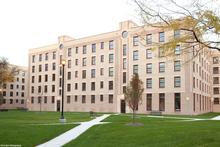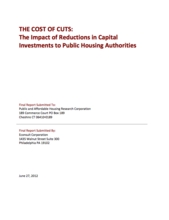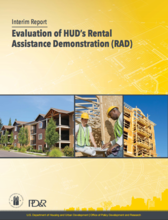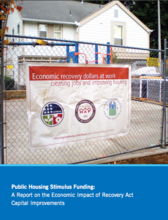A coalition of more than 70 national organizations tell the Administration & Congress that people with the lowest incomes will be hit hardest if the shutdown continues.
 Jeffery K. Patterson, CEO of the Cuyahoga Metropolitan Housing Authority of Cleveland, Ohio, and Vice President of the CLPHA Board of Directors, appeared on behalf of CLPHA before the U.S.
Jeffery K. Patterson, CEO of the Cuyahoga Metropolitan Housing Authority of Cleveland, Ohio, and Vice President of the CLPHA Board of Directors, appeared on behalf of CLPHA before the U.S.
San Antonio’s Museo del Westside and the Westside Preservation Alliance have teamed up for a photo exhibition chronicling the history of the San Antonio Housing Authority’s (SAHA) Alazan-Apache Courts, a community created during President Franklin D. Roosevelt’s New Deal. SAHA plans to revitalize the historic complex in the future.
HUD and the Advisory Council on Historic Preservation (ACHP) recognized the Chicago Housing Authority’s recently-redeveloped Rosenwald Courts community with the 2018 ACHP/HUD Secretary’s Award for Excellence in Historic Preservation.
This Worst Case Housing Needs report is the sixteenth in a longstanding series providing national data and analysis of the critical problems facing very low-income renting families. Households with worst case needs are defined as very low-income renters who do not receive government housing assistance and who paid more than one-half of their income for rent, lived in severely inadequate conditions, or both. The report draws on data from the 2015 American Housing Survey (AHS), which debuted a major redesign that included a new national and metropolitan area longitudinal sample.
Public housing agencies (PHAs) have struggled heroically to maintain the country’s 1.1 million public housing units, but the backlog of capital needs has grown to $26 billion, and there is little hope today that federal resources will rise to meet it. Congress authorized the Rental Assistance Demonstration (RAD) in 2012 to meet this funding challenge.
Executive Summary
Public housing occupies a unique and essential place on the affordable housing spectrum. It is home to about 2.2 million lowincome families, seniors and people with disabilities. A multibillion dollar asset, public housing authorities’ (PHAs) spending on operations and capital improvements also generates significant economic activity.
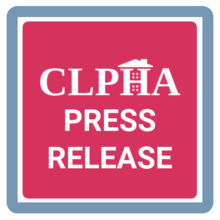
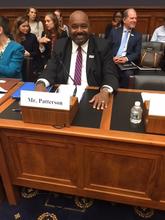
 Jeffery K. Patterson, CEO of the Cuyahoga Metropolitan Housing Authority of Cleveland, Ohio, and Vice President of the CLPHA Board of Directors, appeared on behalf of CLPHA before the U.S.
Jeffery K. Patterson, CEO of the Cuyahoga Metropolitan Housing Authority of Cleveland, Ohio, and Vice President of the CLPHA Board of Directors, appeared on behalf of CLPHA before the U.S.